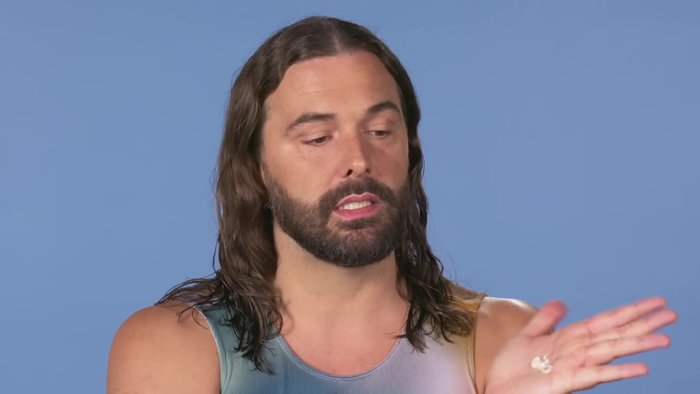The quest for sleek, straight hair is a common one, especially for those blessed with naturally curly tresses. However, achieving perfectly straight, shiny locks without damaging your curls requires skill and the right technique. Many individuals resort to harsh chemical treatments, but gentler, heat-styling methods exist that yield surprisingly smooth results. The key lies in understanding your hair type and employing the appropriate tools and techniques. Blow-drying, when done correctly, can transform your curls into a smooth, enviable mane. Over-drying and improper techniques, though, can lead to frizz and damage.
This article will explore two expert blow-drying techniques specifically designed for straightening curly hair. We'll delve into the step-by-step process, revealing the secrets to achieving a professionally-straightened look from the comfort of your own home, minimizing heat damage and maximizing shine. Prepare to say goodbye to frizzy curls and hello to a beautifully straight, healthy hairstyle.
Safety Guidelines
- High heat can damage curly hair, leading to dryness and breakage. Use a heat protectant spray before blow-drying and opt for a lower heat setting.
- Avoid over-drying. Excessive heat can make your hair frizzy and brittle. Aim for mostly dry hair, allowing some moisture to remain for smoother results.
- Regular deep conditioning treatments are essential to counteract the drying effects of heat styling. This helps maintain healthy, shiny hair.
Methods: Round Brushing Technique
Tools Needed
- Olivia Garden Round Brushes
- Blow dryer with nozzle
- Comb
- JV and Harry heat protectants (Instant Recovery Serum, Blowout Styling Milk)
Step-by-Step Instructions
Prepare Hair
- Apply Instant Recovery Serum to the ends of your hair for extra protection.
- Apply Blowout Styling Milk (two pumps for the whole head).
- Distribute the product evenly with a comb.

Prepare Hair Round Brushing Technique
- Section your hair and start round brushing from the top, working your way down.
- Apply tension to the hair while brushing to achieve smoothness.
- Place the round brush underneath the section to add volume, or on top to remove volume.
- Use a round brush that's about the same thickness as your hair section.


Round Brushing Technique - For straight ends, move the brush slowly and flatly over the ends.
- For smoother ends, use a larger round brush. For more flippy ends, use a medium one.
- Continue the process throughout your hair.


Round Brushing Technique
Tips
- Don't blow dry in a humid bathroom after showering.
- Blow dry on both top and bottom of a section for reduced volume.
Methods: Flat Ironing Technique (after rough drying)
Tools Needed
- Heat resistant comb (wide-tooth)
- ghd flat iron
- Paddle brush
Step-by-Step Instructions
Preparation and Rough Drying
- Rough dry the hair using fingers to remove initial curl and to create tension.

Preparation and Rough Drying Sectioning and Smoothing
- Section the hair and use a heat-resistant comb to smooth each section before flat ironing.
Flat Ironing Technique
- Flat iron each section by tapping the roots and then combing through before running the flat iron from root to tip.
- To straighten ends, keep the flat iron flat against the hair and allow it to sit briefly on the ends to smooth them.
- Work in sections, adjusting section size according to hair density and curl type.
- For the hairline, use smaller sections to add volume.


Flat Ironing Technique
Tips
- Don't flat iron hair that isn't already smooth and straight.
- Protect your hands from the heat.
Read more: How to Fix a Conair Hair Dryer: Troubleshooting and Repair Guide








